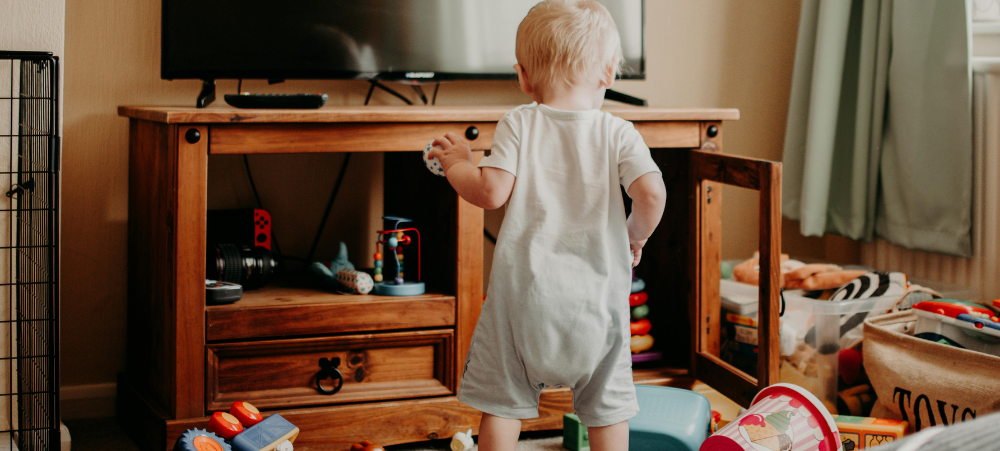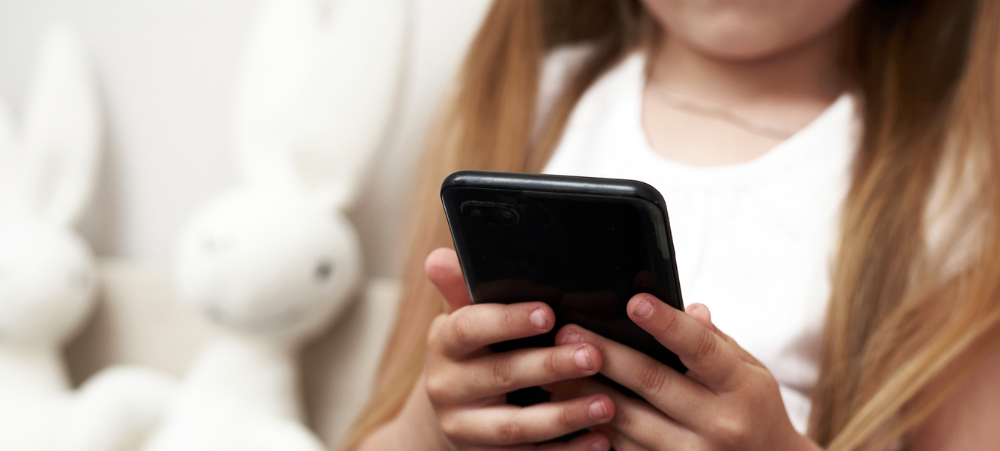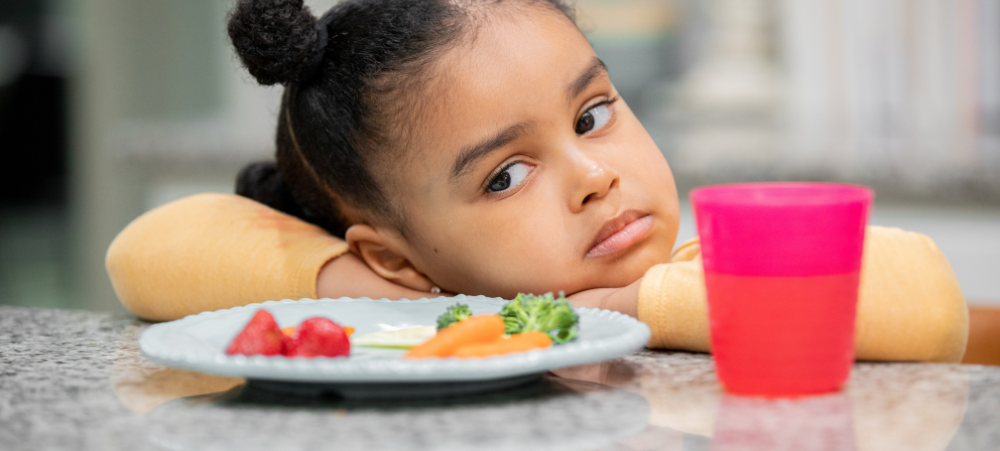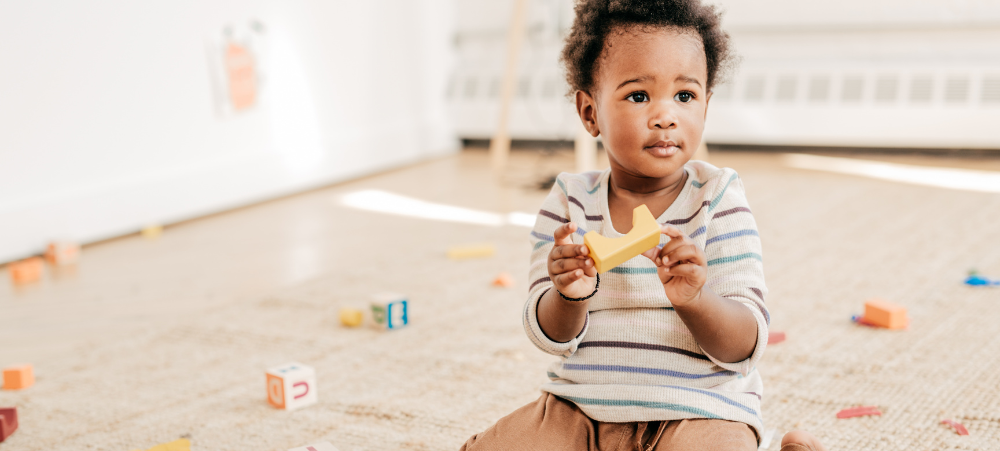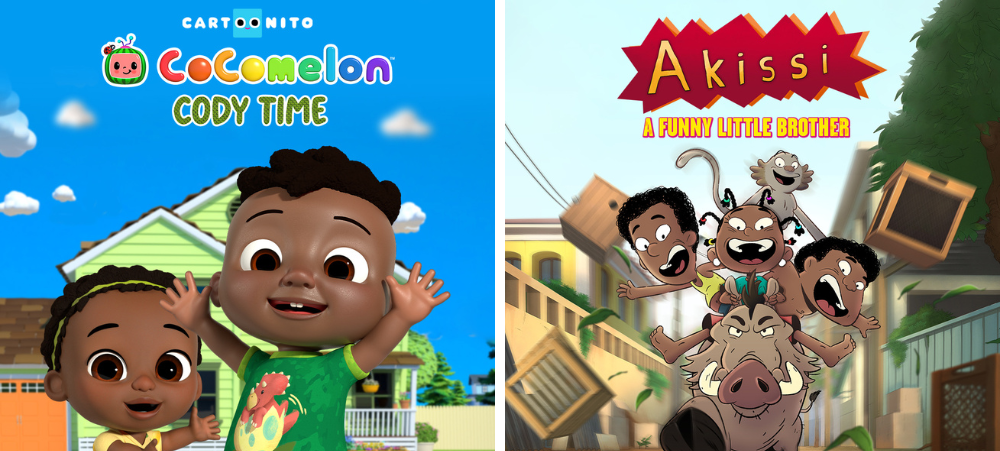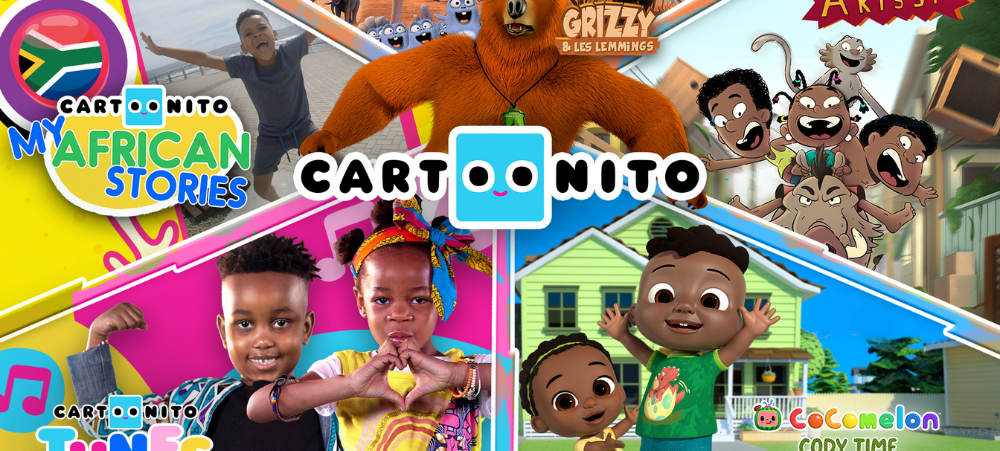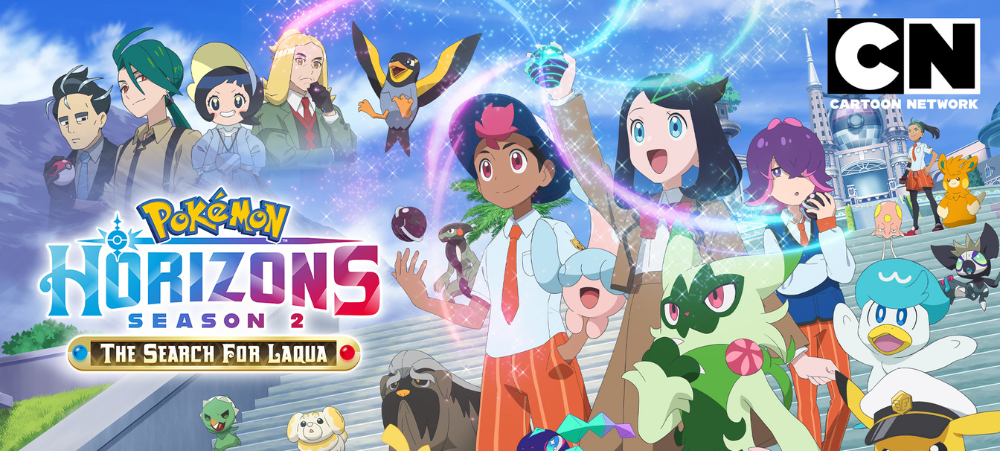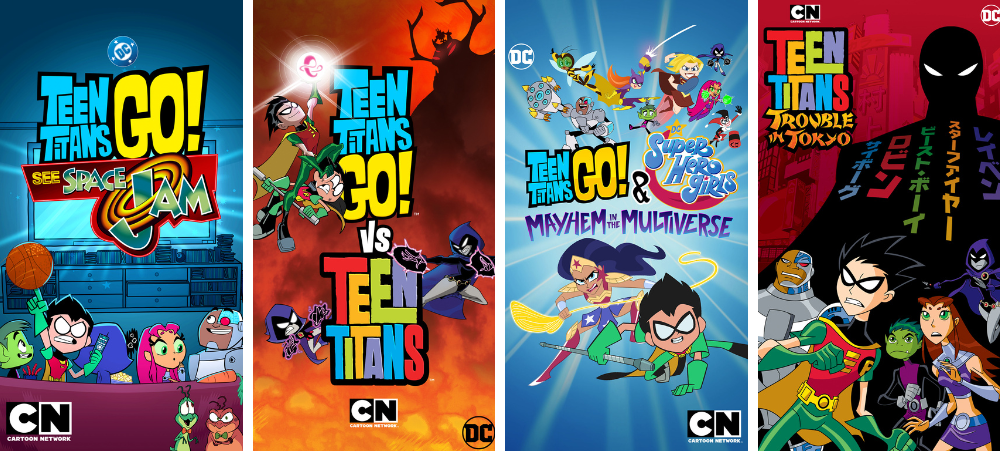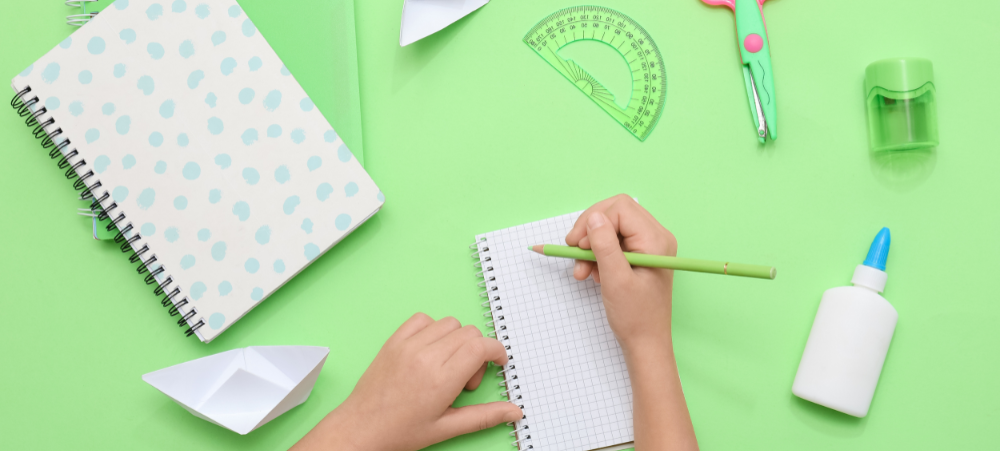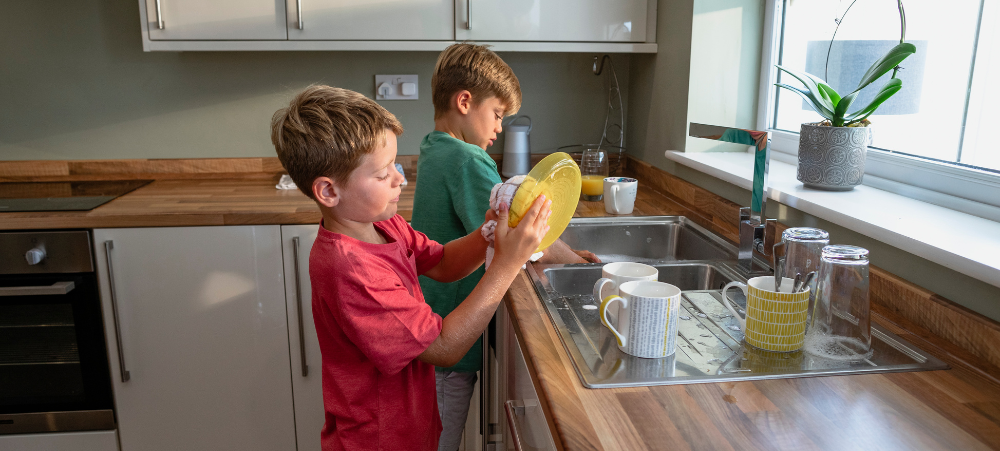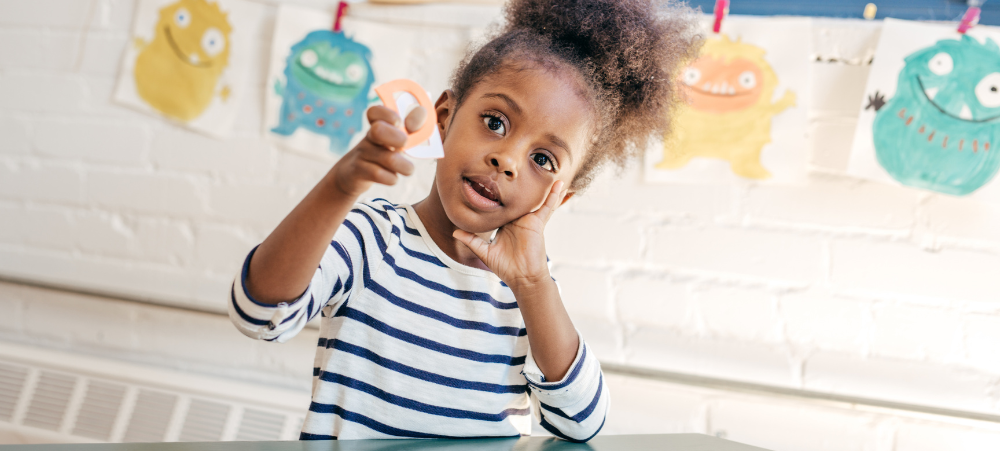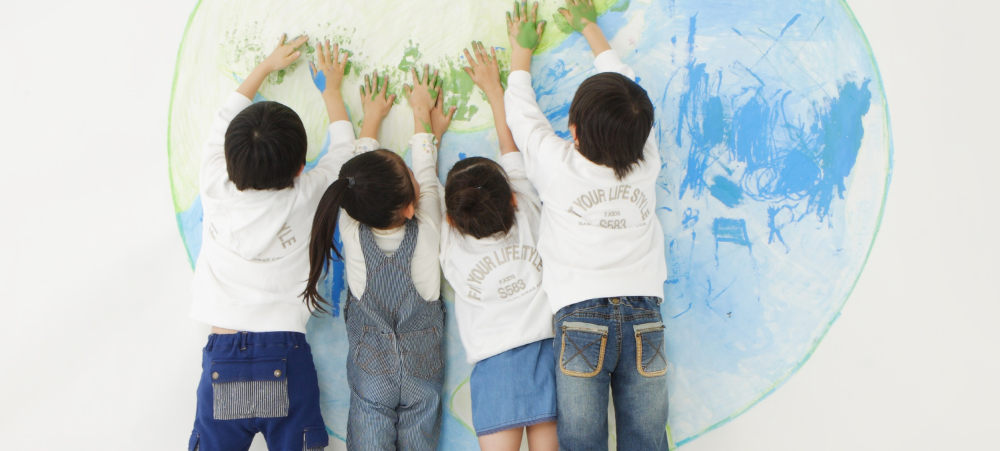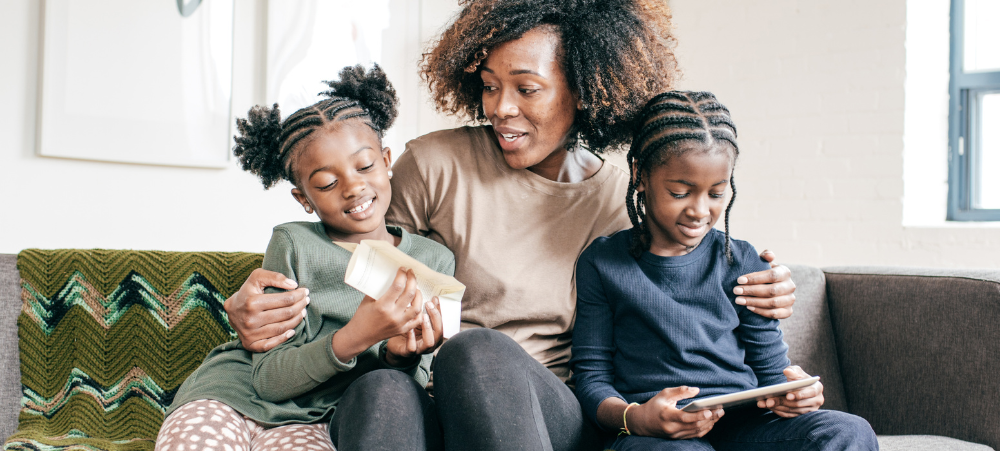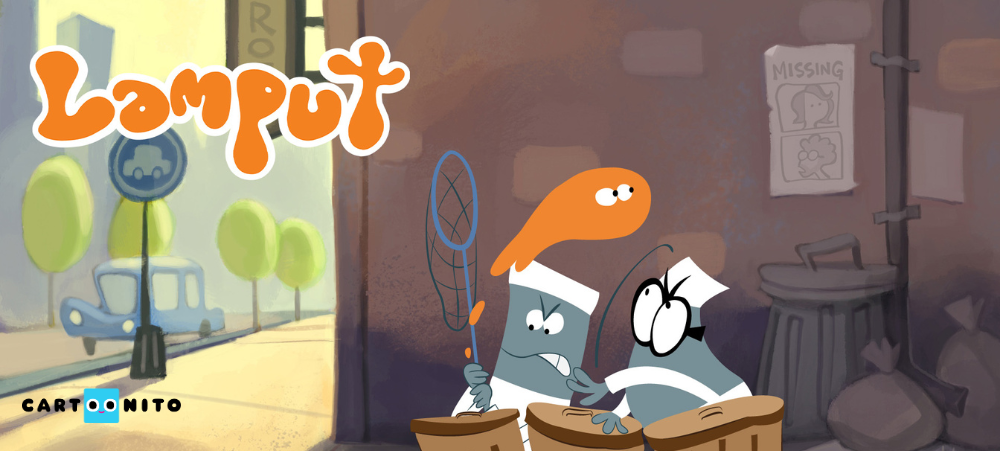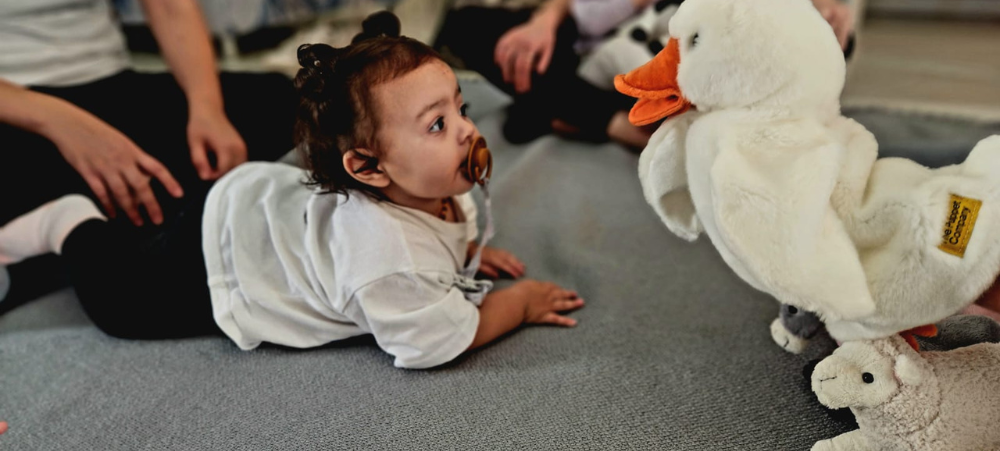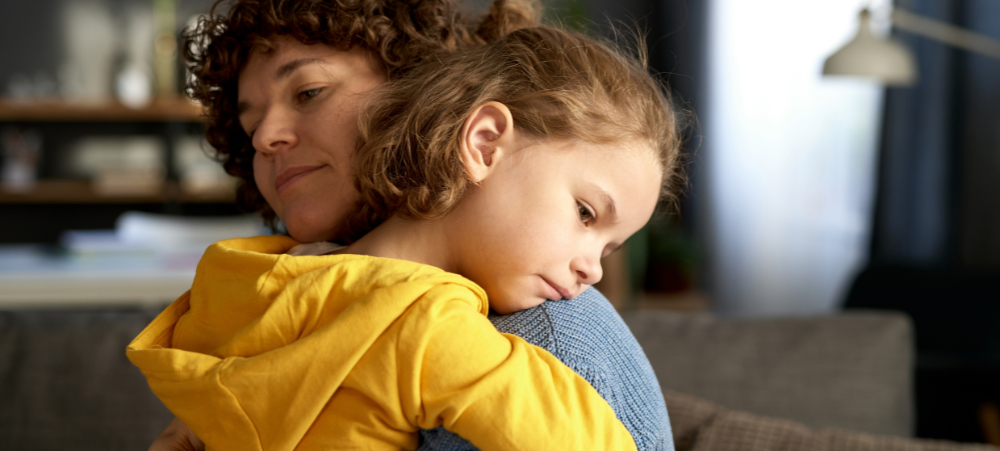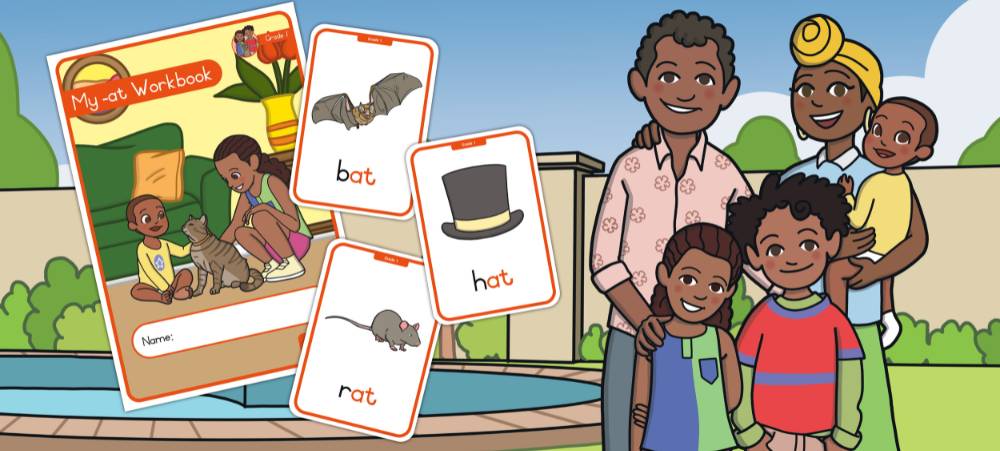
Unlock the Power of Reading: Twinkl’s Phonics Programme for South African Families
In South Africa, where literacy is crucial to educational success and future opportunities, phonics plays a vital role in helping children become confident and independent readers. As a parent, you are your child’s first and most important teacher—and with the right tools, you can make a big impact on their learning journey. That’s where we come in. At Twinkl, we’re passionate about supporting those who teach, especially parents. Our expertly designed Twinkl Phonics Programme is here to help you guide your child step by step as they learn to read and write. Phonics is all about teaching children how sounds match with letters and how they can blend those sounds to read and break them apart to spell. It’s one of the most effective ways to build strong reading skills from the ground up. When children grasp phonics, they not only learn to read—they open the door to learning across every subject. Our phonics resources cover both English and Afrikaans, and are available from Grade R to Grade 3. They’re fully CAPS-aligned, created by South African teachers, and designed specifically for our South African learners. You’ll find that lessons are not only educational but also fun and relatable—thanks to the lovable Langa family in English and the friendly Smit family in Afrikaans, who guide children on their learning journey in a way that feels like home. Whether you’re supporting your child after school, doing extra practice over the weekend, or homeschooling full time, you’ll find everything you need at Twinkl: from easy-to-follow activity sheets to colourful PowerPoints, decodable readers, and even interactive games. Resources come in bright full colour and eco-friendly ink-saving versions, so you can print with peace of mind. And here’s some exciting news just for parents! Our brand-new Afrikaans Klanke Programme is launching on Friday, 30 May. To celebrate, all Klanke resources will be completely FREE to download from 2 to 6 June. It’s the perfect chance to explore and try out our engaging Afrikaans phonics materials with your child. Ready to get started? Visit Twinkl.co.za today and discover a world of resources that make learning to read fun, achievable, and rewarding—for both you and your child.

